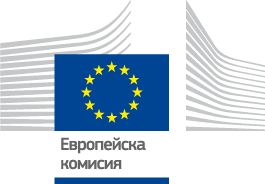The FLAG area comprises six coastal municipalities which all have a strong marine and fishing tradition and culture. The area, like most in the coastal enclaves of the Mediterranean, has a large population. The services industry, particularly the tourism sector, accounts for a high percentage of businesses, jobs, and sales in the area.

